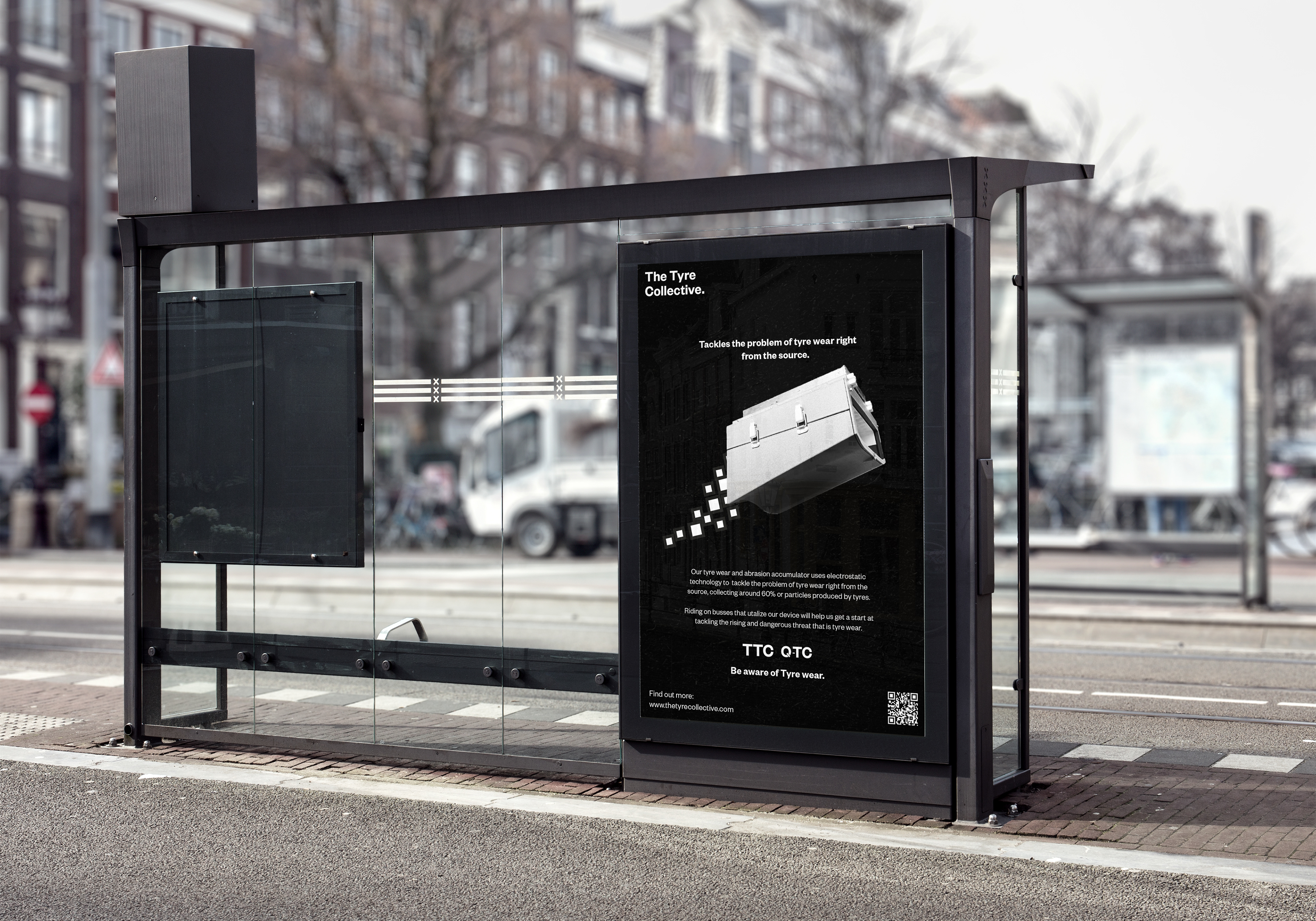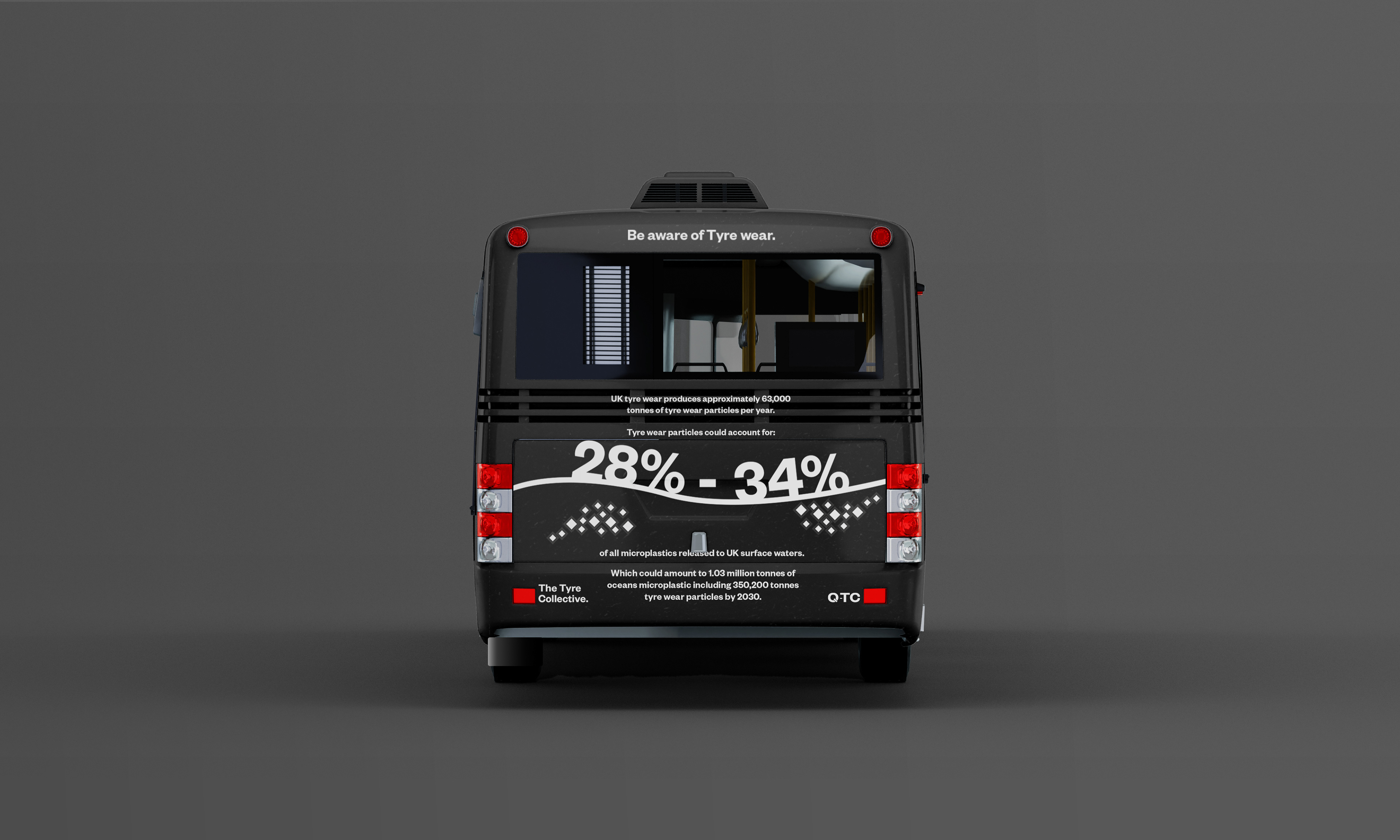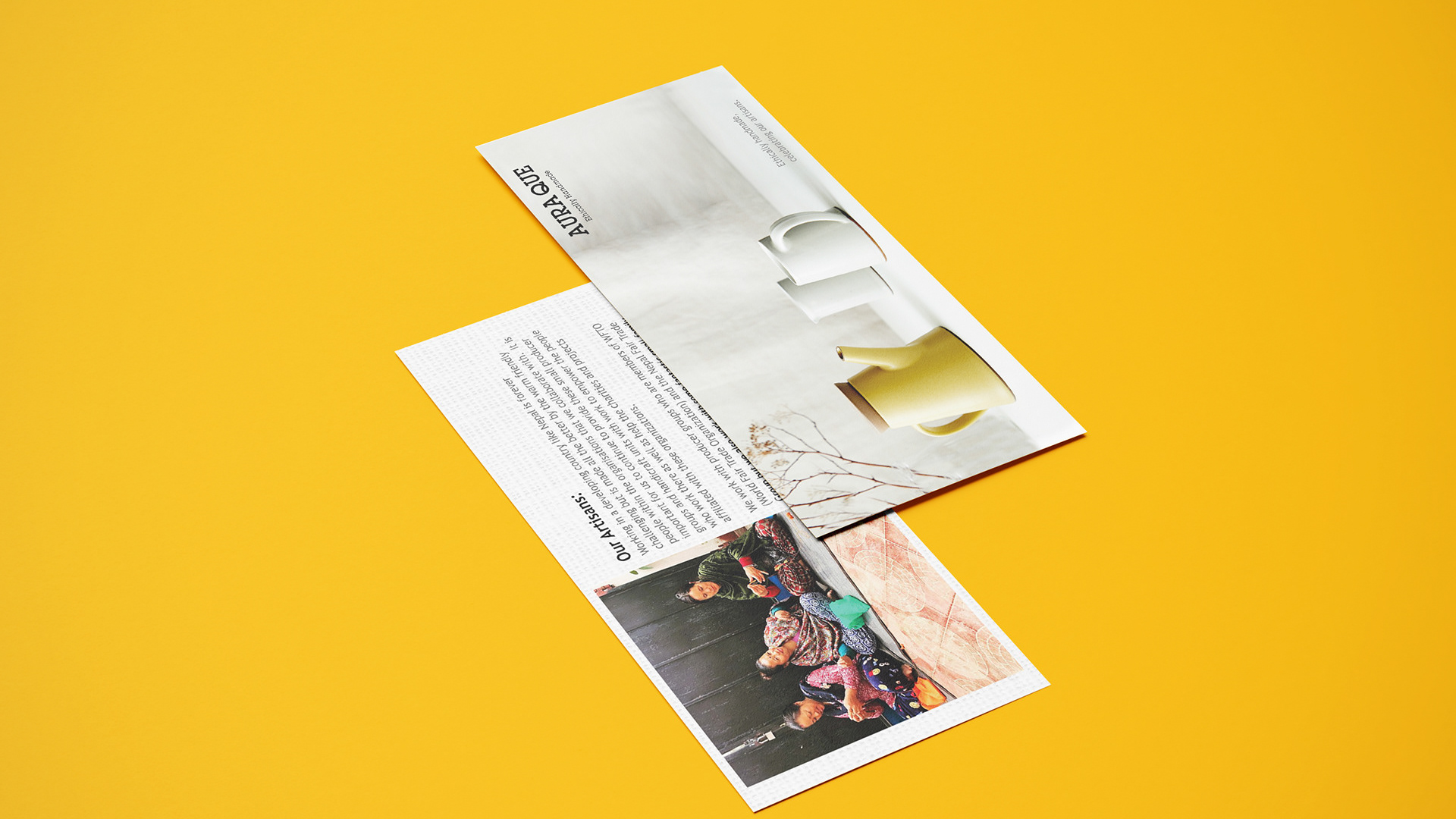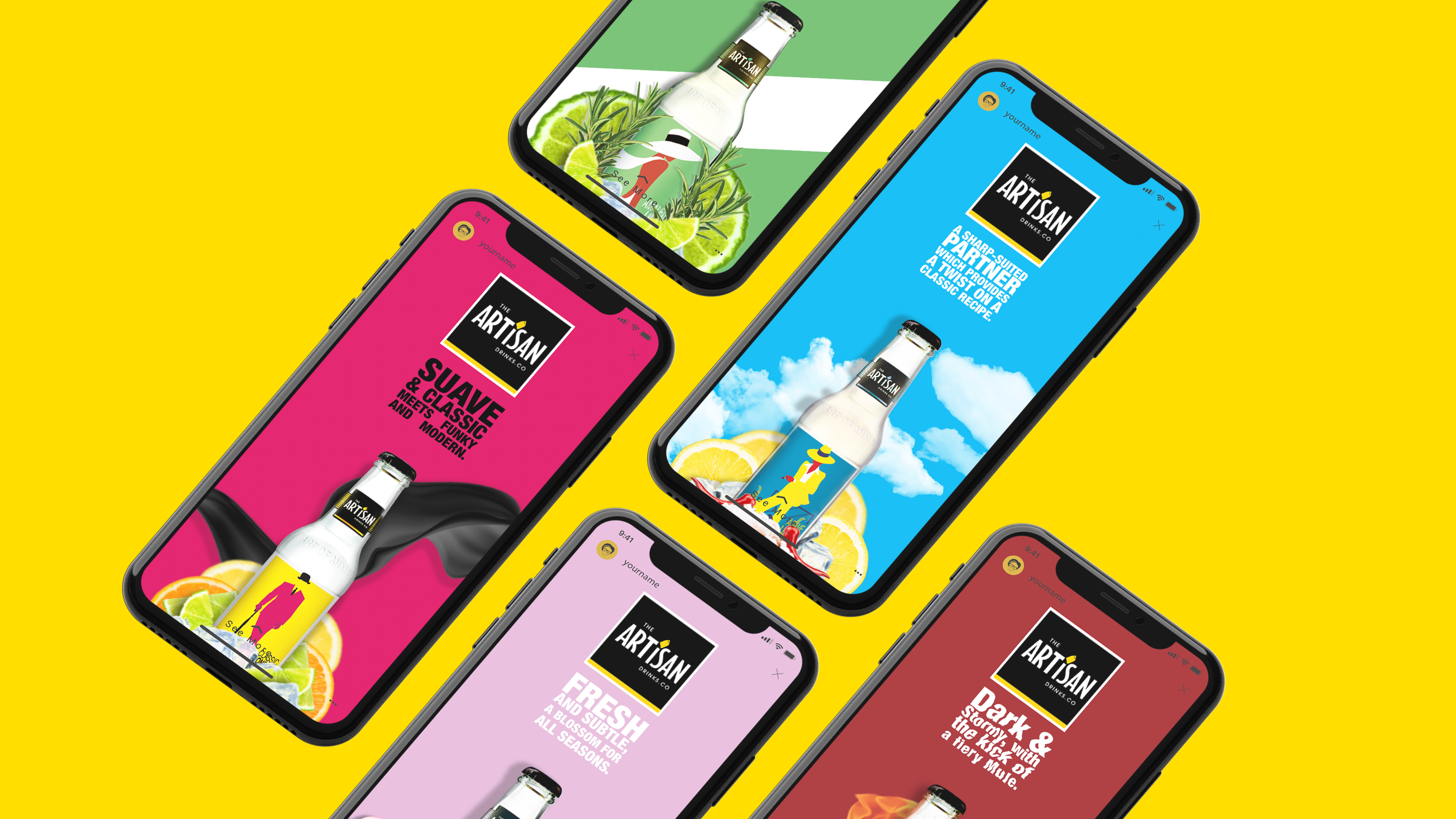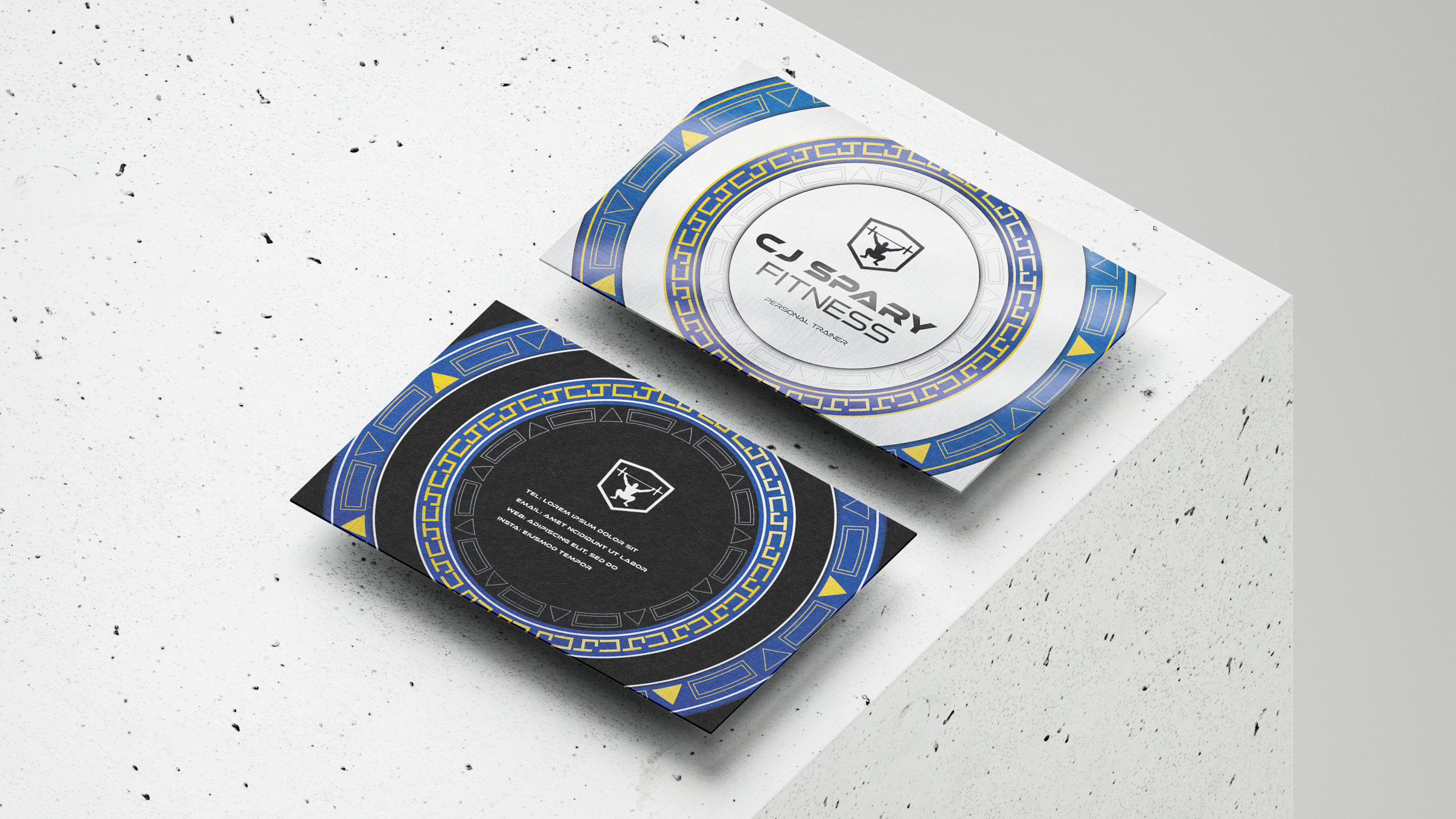Be Aware of Tyre Wear Campaign
Dyson and The Tyre Collective
This project was a one-week creative challenge that I chose to take part in at University. This project was a partnership between the Dyson Creative team, and The Tyre Collective– the 2020 UK winners and global runners up of the James Dyson Award.
The Tyre Collective is a clean-tech start-up spearheading the capture and monitoring of tyre wear, accelerating the shift towards true zero-emission mobility. The problem they are trying to tackle is non-exhaust emission and specifically tyre wear. Non-Exhaust Emissions are caused by particles from brake, tyre and road surface wear and resuspension of road dust during on-road vehicle usage released into the air.
As this is a completely new type of product, there is no existing name for what it is, so I was tasked with establishing a naming strategy and coherent information hierarchy for the product. They have created a ‘capture-to-reuse’ device which can be fitted to the wheel of any vehicle. It uses electrostatics to collect these waste particles as they are emitted from the tyres.
I was asked to generate artefacts that promoted the product and technoglogy that The Tyre Collective have created but to also bring awareness to non-exhaust emissions. As my target audience was bus commuters, I designed posters to be used at bus stops and designs for the busses. Bus commuters would be rewarded for traveling on busses using this new product. I also designed animations for social media posts.

Annually, the average person in the UK with their personal vehicle produces 0.2-5.5kg of tyre wear. This is the equivilent of the weight of a credit card, to 2 life bouys.
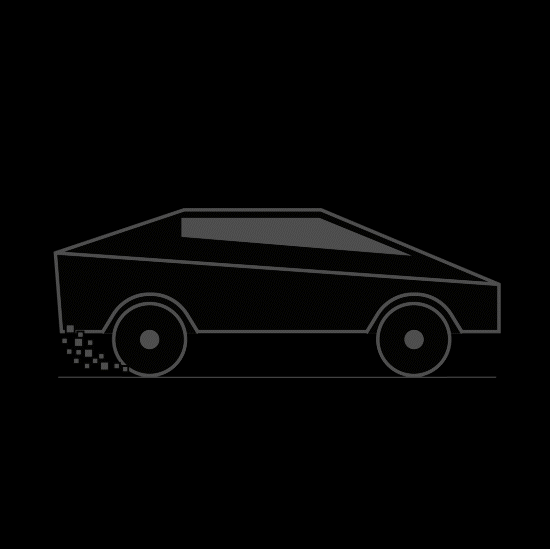
However, more tyre wear is produced by electric vehicles. This is because of the added weight of the bigger battery. This causes the tyres to wear out 30% faster, generating more tyre wear and doing more harm than good.
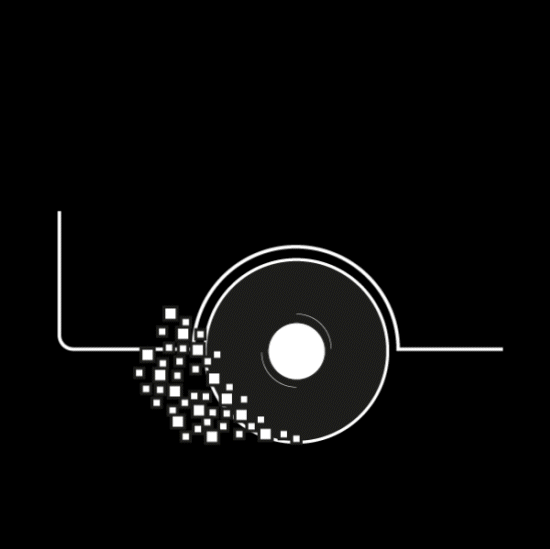
Heavier vehicles, such as busses, also produce drasticly more tyre wear. This causes the tyres to produce finer particles of tyre wear at pm2.5 size which can be very toxic and hazardous to health. On average, busses produce up to 65g of these toxic particles a day.

How to tackle this? The Q-TC device uses electrostatic technology to collect tyre wear as soon as it leaves the wheel. Collecting up to 60% tyre wear, applying this device on busses will start to drastically change they amount of tyre wear that goes into our atmosphere and oceans. The tyre wear collected can be re-used to make new tyres.

